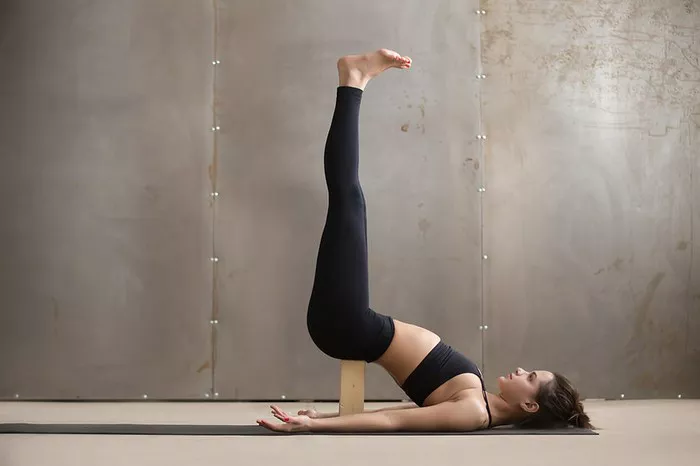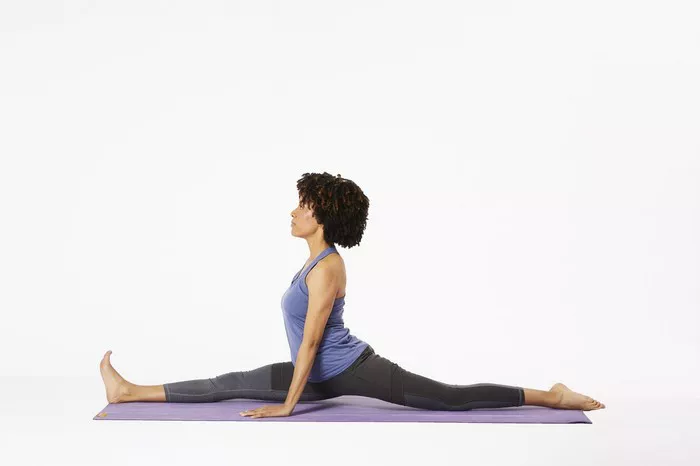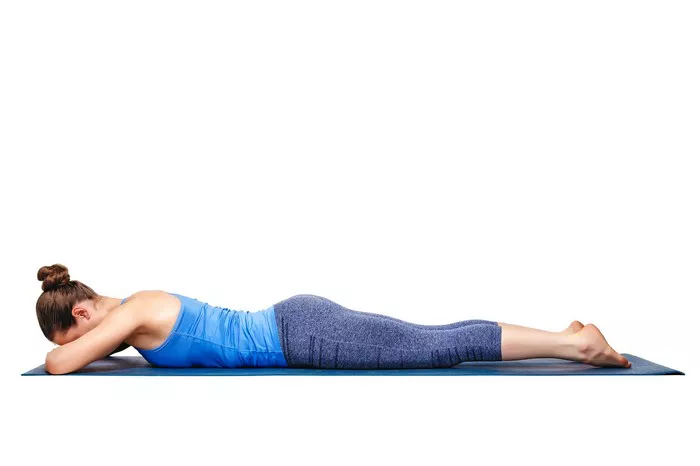Kriya yoga, an integral and ancient part of yoga practice, has gained significant popularity in recent years. Known for its transformative benefits, kriya practices involve a combination of breath control (pranayama), meditation, and specific physical postures. These techniques aim to help practitioners achieve heightened awareness, inner peace, and spiritual development.
However, like any discipline, kriya yoga is not without its potential side effects. It is important for practitioners to be aware of these effects to practice safely and effectively, ensuring they reap the benefits without compromising their physical or mental health.
This article will explore the side effects of kriya yoga, shedding light on potential risks and offering guidance on how to avoid or mitigate them.
Understanding Kriya Yoga
Kriya yoga is often referred to as a “science of breath” because the core of the practice revolves around controlled breathing techniques. By using specific breathwork methods, kriya yoga aims to control the life force (prana) within the body. The goal is to clear the mind and achieve higher states of consciousness and meditation.
The practice involves various elements, such as:
Pranayama: Techniques that regulate and control breath, helping to calm the mind and prepare the body for deeper meditation.
Mudras: Hand gestures that direct energy flow within the body.
Bandhas: Physical locks or contractions that redirect energy and enhance focus during meditation and pranayama practices.
Asanas: Yoga postures that improve physical flexibility and strength, complementing the breathwork and meditation.
While these elements are powerful tools for personal transformation, it is crucial to remember that they should be practiced with mindfulness and proper guidance.
The Side Effects of Kriya Yoga
While kriya yoga offers profound benefits, it is not free from potential side effects. These side effects can range from physical discomfort to emotional or psychological challenges. However, most side effects can be minimized or avoided with proper training, gradual practice, and awareness.
Physical Discomfort or Pain
Like any physical activity, kriya yoga can cause temporary discomfort, especially when practitioners are new to the practice or attempt advanced techniques too quickly.
Muscle Strain: Some kriya techniques involve postures that may be unfamiliar or challenging, leading to muscle strain. This can occur in the lower back, shoulders, or legs, especially if a practitioner is not used to the physical demands of yoga.
Headaches: Certain kriya practices, particularly those involving deep breathing or retention of breath (kumbhaka), can cause headaches in some individuals. This may be due to an imbalance in the oxygen-carbon dioxide levels in the blood or improper technique.
Dizziness: Some individuals may experience dizziness during intense pranayama practices, particularly when holding the breath for extended periods or performing rapid breathing techniques. Dizziness is often a sign of overexertion or improper breath control.
How to mitigate this:
- Start slowly, especially if you are new to kriya practices.
- Always follow proper alignment and form during asanas to prevent strain.
- Avoid overexertion and ensure adequate rest.
- If dizziness or headaches persist, consult with a qualified instructor.
Emotional Imbalance
Kriya yoga practices, particularly those focused on meditation and breathwork, can trigger deep emotional responses. As the mind begins to settle and the practitioner becomes more in tune with their inner world, suppressed emotions or unresolved psychological issues may surface.
Emotional Release: Some practitioners report feeling overwhelmed by emotions such as sadness, anger, or anxiety during or after a kriya session. This emotional release is often a natural consequence of the clearing process, where unresolved emotions come to the surface to be processed.
Intense Feelings: Kriya yoga can also lead to moments of heightened emotional sensitivity, which may be overwhelming for some. The intense focus on breath and inner awareness can heighten emotions that were previously hidden beneath the surface.
How to mitigate this:
- If intense emotions arise, be patient and allow them to pass naturally. Avoid suppressing or judging them.
- Practice grounding techniques after your session, such as gentle stretches, journaling, or connecting with nature, to help process and integrate the emotions.
- Seek support from a trained therapist or counselor if emotional issues persist or become too challenging to handle on your own.
Psychological Effects: Over-activation of the Mind
Kriya yoga aims to bring clarity and focus to the mind. However, in some cases, it can lead to over-activation or an overactive mind, especially if not practiced with caution.
Mental Fatigue: As kriya yoga practices involve sustained concentration and breath control, beginners or those practicing too intensely may experience mental fatigue. Over time, this can lead to mental exhaustion, making it difficult to focus or concentrate on daily tasks.
Overthinking: The heightened awareness that kriya yoga encourages can lead to overthinking or excessive introspection. While self-awareness is one of the benefits of this practice, excessive focus on internal thoughts can sometimes lead to anxiety or a sense of disconnection from the world around you.
Insomnia: Some individuals may find it difficult to sleep, especially if they practice kriya yoga late at night. The energizing effects of certain breathwork techniques can cause mental stimulation, making it harder to relax and fall asleep.
How to mitigate this:
- Practice kriya yoga early in the day or at a time that works best for your energy levels.
- Avoid over-stimulating techniques such as intense pranayama or breath retention before sleep.
- Balance your practice with grounding asanas or calming meditation techniques.
- If you feel mentally exhausted, take a break from intense practices and focus on relaxation.
Overexertion and Physical Injury
As with any form of physical exercise, there is a risk of injury with kriya yoga, particularly if practitioners push themselves beyond their limits or attempt advanced practices without proper preparation.
Joint Strain or Injury: Some kriya yoga postures and movements can place significant strain on the joints, particularly if they are not performed correctly. This can lead to discomfort or even injury over time.
Back Pain: Poor posture alignment during asanas, particularly those involving the spine, can result in lower back pain or other spinal issues.
Hyperventilation: Certain breathing techniques, such as rapid breathing or breath retention, can cause hyperventilation, which may lead to dizziness, fainting, or other health complications if performed incorrectly.
How to mitigate this:
- Practice kriya yoga under the guidance of a qualified instructor, especially if you are new to the practice.
- Never push yourself into advanced postures or techniques before building the necessary strength and flexibility.
- Listen to your body and avoid overexertion.
- Use props, such as blocks or straps, to support your body in postures that feel challenging or uncomfortable.
Spiritual Challenges: Disconnection and Over-Identification with the Practice
While kriya yoga offers profound spiritual benefits, it can also present challenges on the spiritual journey. Practitioners may experience feelings of disconnection from the world or an over-identification with the practice.
Spiritual Elitism: As practitioners deepen their understanding of kriya yoga, some may develop a sense of superiority or exclusivity, feeling that they are “more enlightened” than others who do not practice. This can lead to a disconnect from the world and a lack of empathy for others.
Loss of Connection to Reality: In rare cases, intensive kriya practice can lead to a disconnection from the physical world or present realities. This is especially common when practitioners become too focused on meditation and breathwork, neglecting their day-to-day responsibilities or relationships.
How to mitigate this:
- Keep a balanced approach to practice, integrating the spiritual aspects of kriya yoga with everyday life.
- Regularly check in with yourself and your motivations for practicing kriya yoga. Ensure that you are practicing with humility and compassion.
- Stay grounded by maintaining relationships, pursuing other interests, and engaging with the world around you.
Detoxification Symptoms
Kriya yoga can act as a powerful detoxifying agent for the body. As breath control and meditation techniques increase circulation and stimulate the nervous system, the body may begin to release toxins that have been stored in tissues over time. While this is generally a positive outcome, it can lead to temporary discomfort.
Fatigue: As the body detoxifies, you may experience fatigue or lethargy. This is a sign that the body is processing and releasing toxins.
Digestive Issues: Some individuals may experience bloating, nausea, or other digestive discomforts as a result of the body’s detoxification process.
Skin Breakouts: The release of toxins can sometimes cause skin breakouts or rashes.
How to mitigate this:
- Stay hydrated to help flush out toxins from the body.
- Eat a balanced diet rich in fruits, vegetables, and whole grains to support your body during the detox process.
- Get plenty of rest to allow your body to heal and recover.
Conclusion
Kriya yoga is a powerful and transformative practice that can bring profound benefits to both the body and mind. However, like any physical or spiritual discipline, it requires careful attention and respect for the body’s limits.
By practicing kriya yoga with awareness, patience, and proper guidance, you can minimize the potential side effects and maximize the benefits of this ancient practice. Whether you’re seeking physical healing, mental clarity, or spiritual awakening, kriya yoga offers a path to greater self-awareness and inner peace.
Always approach your kriya practice with mindfulness, and if you experience any discomfort or difficulties, consider consulting with an experienced instructor or healthcare professional to ensure that you are practicing safely and effectively.
Related Topics:

















